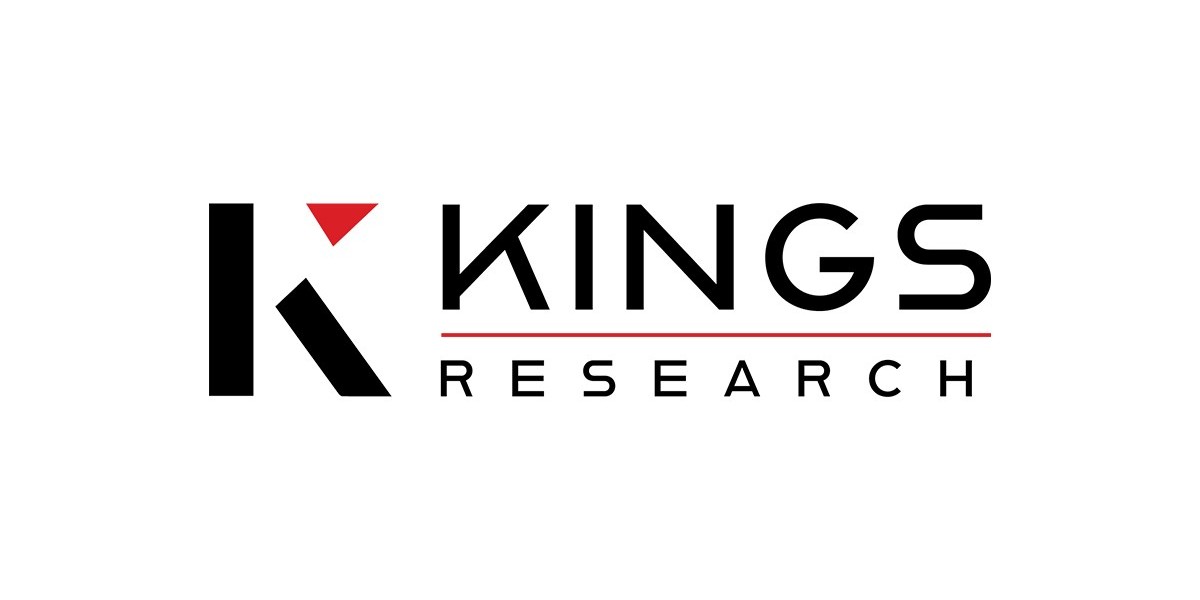The beauty industry has long been dominated by potent ingredients promising transformative results. However, a new wave is washing over the cosmetics counter – the rise of clean beauty. Consumers are increasingly seeking products formulated with natural and non-toxic ingredients, prioritizing safety and transparency. This shift has a significant impact on the cosmetic preservatives market, forcing a reformulation revolution.
Market Overview
According to Stratview Research, the global cosmetic preservatives market size was valued at USD 430.5 million in 2022 and it is projected to reach USD 632.28 million by 2028, growing at a CAGR of 6.61% during forecast period of 2023-2028.
Clean Beauty: Redefining the Landscape
Clean beauty isn't simply a marketing buzzword; it's a philosophy. It encompasses various aspects, including:
- Natural Ingredients: Clean beauty products emphasize natural and organic ingredients, derived from plants, minerals, and other natural sources.
- Ingredient Transparency: Consumers demand clear labeling and full disclosure of ingredients used in formulations.
- Sustainability: Clean beauty principles often extend to eco-friendly practices, promoting sustainability throughout the product lifecycle.
- Ethical Sourcing: Responsible sourcing of ingredients, ensuring fair labor practices and minimizing environmental impact, is a key aspect.
The Challenge to Traditional Preservatives
Many traditional synthetic preservatives used in cosmetics have come under scrutiny. Some consumers raise concerns about potential health risks associated with certain chemicals, such as parabens and some types of phenoxyethanol. This has spurred the clean beauty movement to seek alternative approaches to product preservation.
The Impact on Preservatives Market
The rise of clean beauty presents both challenges and opportunities for the cosmetic preservatives market:
- Reduced Demand for Synthetic Preservatives: The demand for some traditional synthetic preservatives may decline as consumers gravitate towards cleaner alternatives. This necessitates innovation from preservative manufacturers to develop safe and effective solutions that align with clean beauty principles.
- Demand for Natural Preservative Alternatives: Manufacturers are actively seeking natural and organic alternatives to traditional preservatives. This includes exploring plant-based extracts with antimicrobial properties, such as citrus seed extract and rosemary oil, and utilizing fermentation processes to create natural preservatives.
- Focus on Multifunctionality: Clean beauty consumers often seek products with fewer ingredients. This drives the development of multifunctional preservatives that offer broad-spectrum protection against a variety of microbial threats while also possessing additional benefits like antioxidant properties.
- Shift towards Eco-Friendly Solutions: Sustainable practices are paramount in clean beauty. The focus is on biodegradable preservatives with minimal environmental impact, reducing the industry's footprint.
Navigating the Clean Beauty Landscape
Preservative manufacturers and cosmetic formulators need to adapt to thrive in the clean beauty landscape. Here are some key strategies:
- Investing in Research & Development: Developing novel natural and organic preservation solutions that offer efficacy and safety is crucial.
- Ingredient Transparency: Clearly communicating the science behind preservative choices and their safety profiles builds trust with clean beauty consumers.
- Collaborations: Collaboration between ingredient suppliers, cosmetic brands, and research institutions can accelerate innovation in the clean preservation space.
- Education and Awareness: Educating consumers about the critical role of preservatives in ensuring product safety, while addressing concerns and misinformation, is essential.
A Symbiotic Future
Clean beauty doesn't necessarily negate the need for preservatives. It's about finding safe, effective, and natural solutions to ensure product safety and extend shelf life. As the clean beauty movement matures, we can expect a symbiotic relationship between cosmetic preservatives and clean formulations. Preservative manufacturers will continue to innovate, providing safe and effective solutions that meet the evolving demands of clean beauty consumers, while maintaining the integrity and efficacy of cosmetic products we use and love.
The future of the cosmetic preservatives market is intertwined with the clean beauty movement. By embracing innovation, transparency, and a commitment to sustainability, both sectors can work together to offer consumers the best of both worlds: safe, effective, and beautiful cosmetics.



